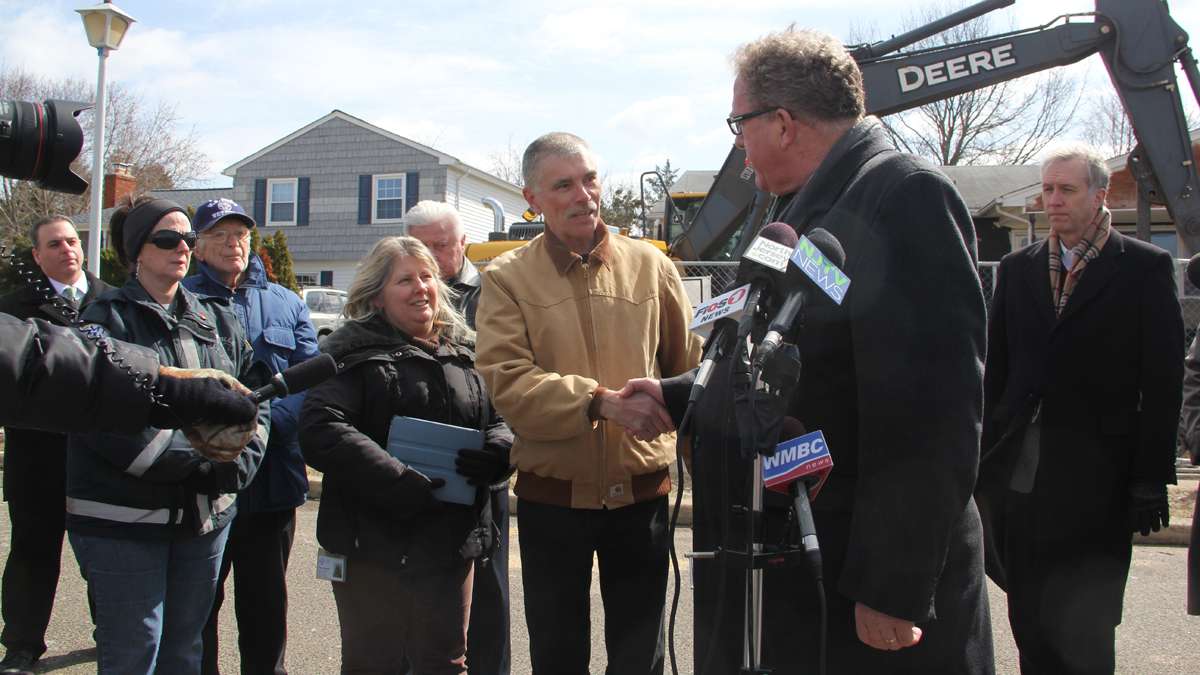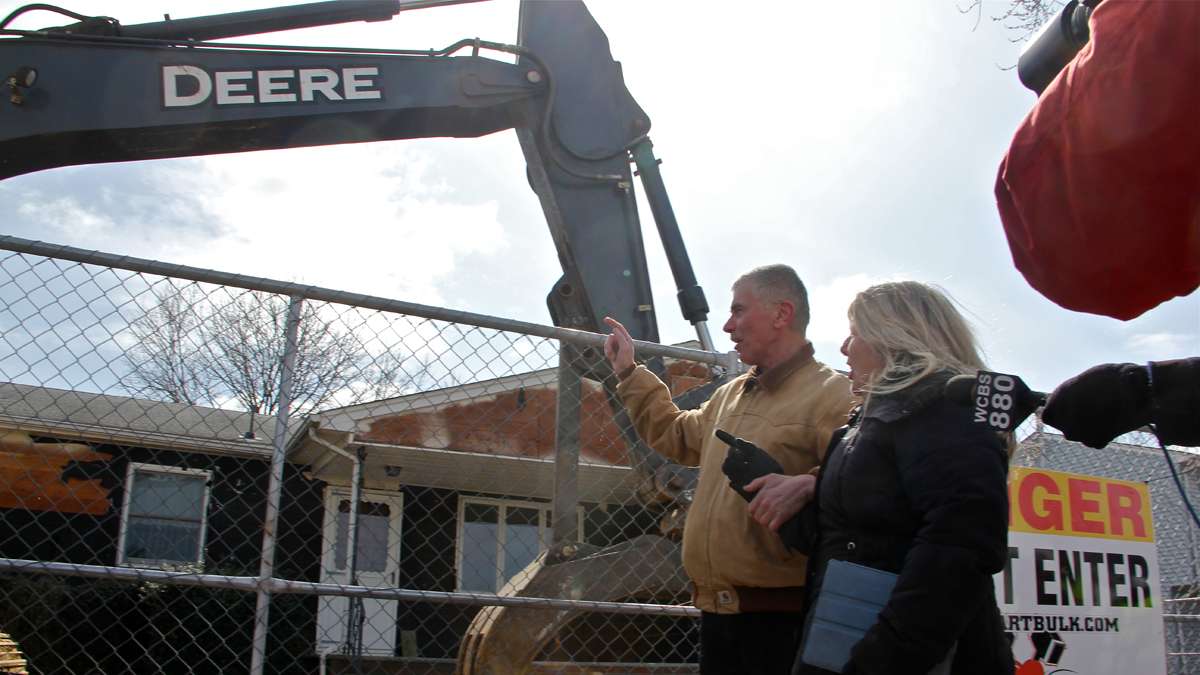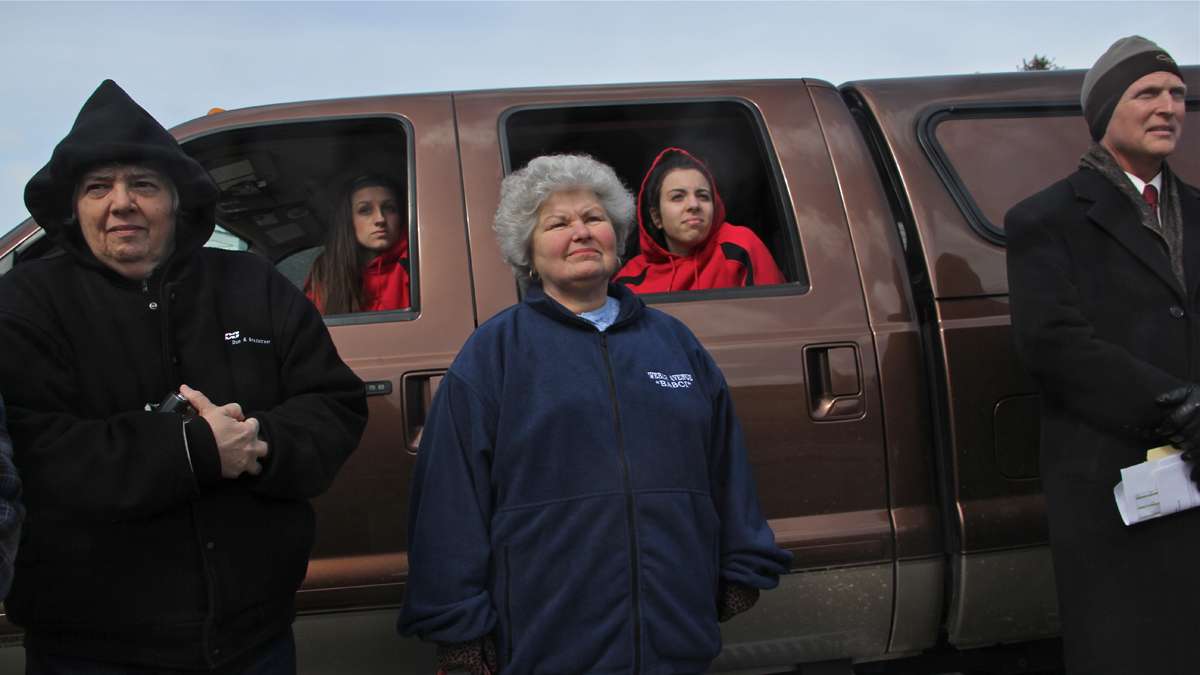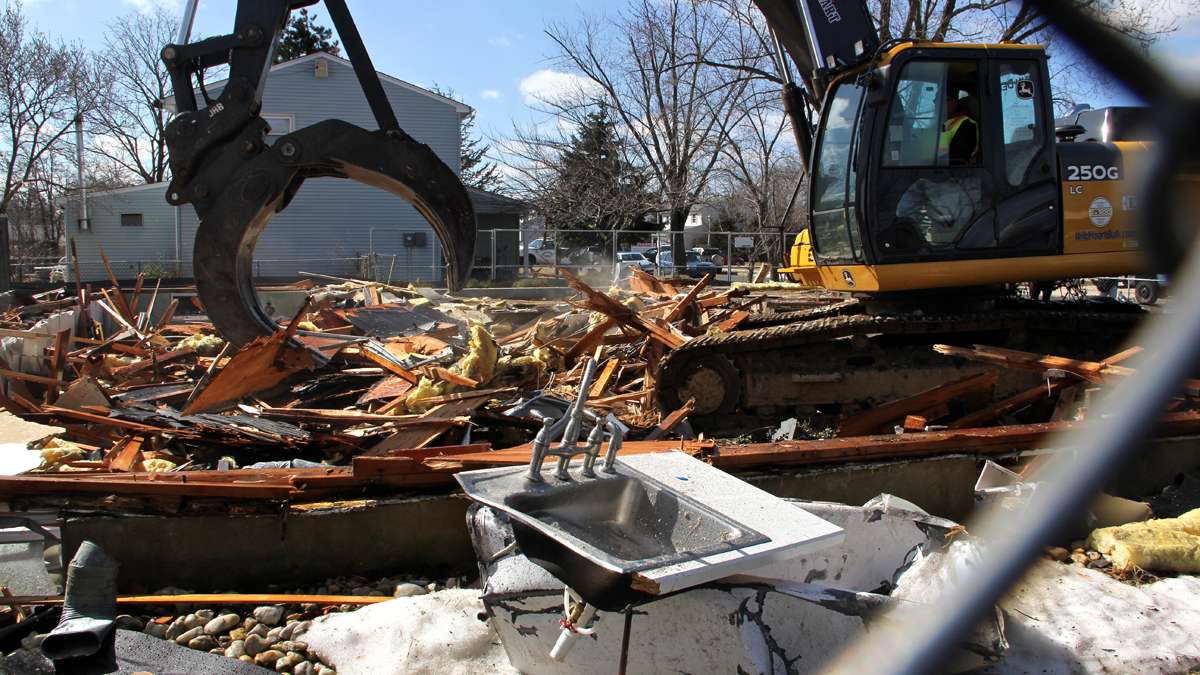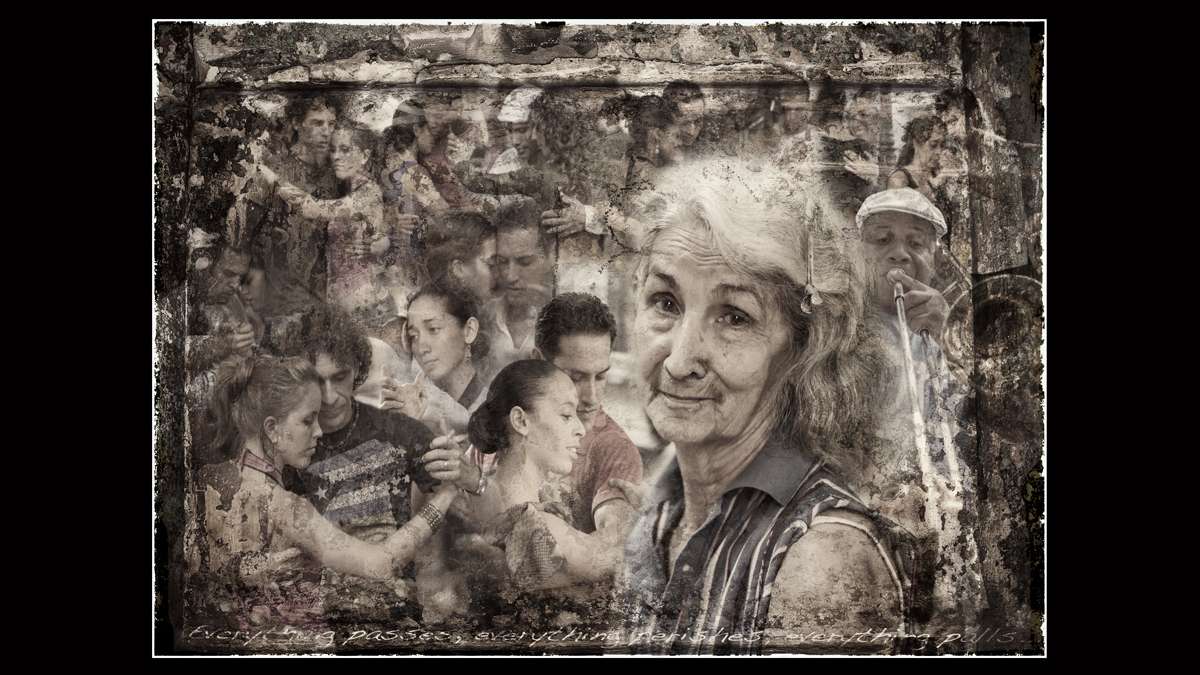Cuba through the lens of a Ukrainian American
There are nearly 6,000 miles between Kiev – the birthplace of Ilya Genin – and Havana, where the photographer likes to point his lens. And while there may have been similarities in the two countries’ political structures in the 1950s, when Genin was growing up, they now tug his heart in different directions. The Yardley, Pa., resident has felt an irresistible urge to visit Cuba numerous times. Yet he hasn’t returned to Ukraine since he left more than 30 years ago.
Extraordinary Mash-ups: Ilya Genin’s Photographs of Cuba will be on view at the Arts Council of Princeton March 15 through April 12. The digital collages reflect the complex “mashup” of Cuba’s influences: African and Spanish, Capitalism and Communism, a cosmopolitan culture against a tableau of vintage Pontiacs and Chevrolets.
“Cuba was, and still is, highly photogenic,” says Curator Ricardo Barros. “Cuba is a portal into the past. In Cuba it is still possible to photograph a living culture of not-yet post-modern people.”
Genin, a cardiologist with a practice in Hamilton, has been captivated by the Caribbean island country since the Cuban Missile Crisis. “I was 11 years old,” he said. “It was a big thing – kids in Russia were indoctrinated at a young age. We sang songs in school. Cuba was seen as a feather in the cap for the Soviet government.”
He first went to Cuba in 2010 with a group of photographers on a pilgrimage to visit churches and synagogues (to comply with tourism requirements). He came home with thousands of images and soon found himself booking another trip. “I fell in love with the people – they are open, warm, friendly and helpful. It’s safe for tourists, and it has the spirit of adventure.”
Once there, Cuba is inexpensive for travelers — $25 a night for a casa particular, or private room. The government regulates the industry, requiring air conditioning and hot showers for tourists. The same requirements are not applicable to Cubans, who pay in a different currency. Cubans are paid in pesos, which is about one-twenty-fifth of a convertible peso. Cubans, for whom the average monthly salary is the equivalent of 15 to 20 convertible pesos (about $15 to $20 month), can only go to places were pesos are used. Restaurants catering to foreigners will only accept CUCs (convertible pesos).
“The average Cuban is excluded from restaurants, stores and travel,” said Genin, who was accustomed to the double currency in his homeland.
Another similarity Genin has observed is the indoctrination. “Kids are given a version of events that is complimentary to the government,” he said.
The puzzle Genin says he’s trying to work out is why Cubans are patriotic whereas Russians are cynical. “I find this intriguing – why socialism in Cuba and Russia leads to two different kinds of people.”
Genin left Ukraine in 1979 because he met an American and moved to Clifton, N.J., to get married. Although already an internist in Kiev, he had to go through a residency here and take his qualifying exams. He went to Buffalo, N.Y., for a cardiology fellowship, then returned to the area, joining Hamilton Cardiology Associates.
When he left Ukraine, others were leaving in large numbers, mainly Jews who were fleeing anti-Semitism. “I was never comfortable, neither were my family or friends – we were always looking West,” said Genin, who is Jewish.
His father, a professor of biology in the Medical School of Kiev, lost his position after Genin emigrated. “He was told that if he could not bring up his own son properly he could not be trusted with others,” Genin recounted. “It was considered an act of disloyalty to choose another country no matter the reasons.” His mother, a pathologist, and father came to the U.S. in early ’90s after the dissolution of the USSR, at Genin’s insistence. Genin has not been back since 1979.
“The current situation in Ukraine does not affect me directly,” he said. “I am just saddened that in any extreme situation people turn to the mob mentality and act like a mob — in a country that saw so much blood spilt during the Revolution, Civil War, World War, one would hope for more reserve and care.”
In Ukraine, Genin observed corruption and everyday hardships, and this enables him to sympathize with Cubans and understand what it’s like to wait in line for detergent or have no place to buy light bulbs. In the early ’60s, because of Kruschev’s agricultural decisions, Genin and his family waited in lines for bread and milk and saw meat disappear because there was nothing to feed livestock with. The stores were filled with rotten potatoes, beets and cabbage, and sometimes you could get milk if you got to the story early in the morning. “Periodically we could get butter or lousy sausage but you had to wait in line.”
In better years, food was available, thanks to subsidies, “but new items like furniture and washing machines were hard to get. If you wanted a rug you had to hunt.”
The popularity of the Beatles ushered in a “bell-bottoms revolution,” and everyone wanted a pair of jeans but there was no denim fabric for the tailors. They were smuggled in from foreign countries, often by actors, singers, dancers and filmmakers the government considered culturally elite. As a doctor, Genin earned 100 rubles a month, and a pair of jeans cost 150 rubles.
When he moved to the U.S., Genin was overwhelmed in stores like K-Mart that offered rows and rows of guitars, skiing and fishing equipment. “In Ukraine we used heirlooms to fish with.”
The photographs – more like canvases, printed on large heavy stock, and tinted in a painterly way with edges that blend into the paper – tell the story of Cuba through Genin’s eyes. There’s a series on Santeria, the widely practiced religion that mixes Roman Catholicism and African religions. “Everyone is Baptized and identifies as Catholic, but in every home you see objects of Santeria – animal sacrifice, ritual drumming and dancing for communication with the dead in authentic costumes.”
The texture of the images, based on the roughness and decaying of the architecture, reflects the crumbling Havana. Walls of old buildings are painted, over time, in different colors, and Genin sees beauty in the peeling of the layers. “It’s a painting in itself,” he said.
There are also universal themes. The large faces of lovers melt into each other against a crumbling wall, while inside a doorway an elderly couple shares a domestic moment at the breakfast table.
Extraordinary Mash-ups: Ilya Genin’s Photographs of CubaIs on view at the Arts Council of Princeton’s Paul Robeson Center for the Arts March 15 – April 12.
_______________________________________
The Artful Blogger is written by Ilene Dube and offers a look inside the art world of the greater Princeton area. Ilene Dube is an award-winning arts writer and editor, as well as an artist, curator and activist for the arts.
WHYY is your source for fact-based, in-depth journalism and information. As a nonprofit organization, we rely on financial support from readers like you. Please give today.


